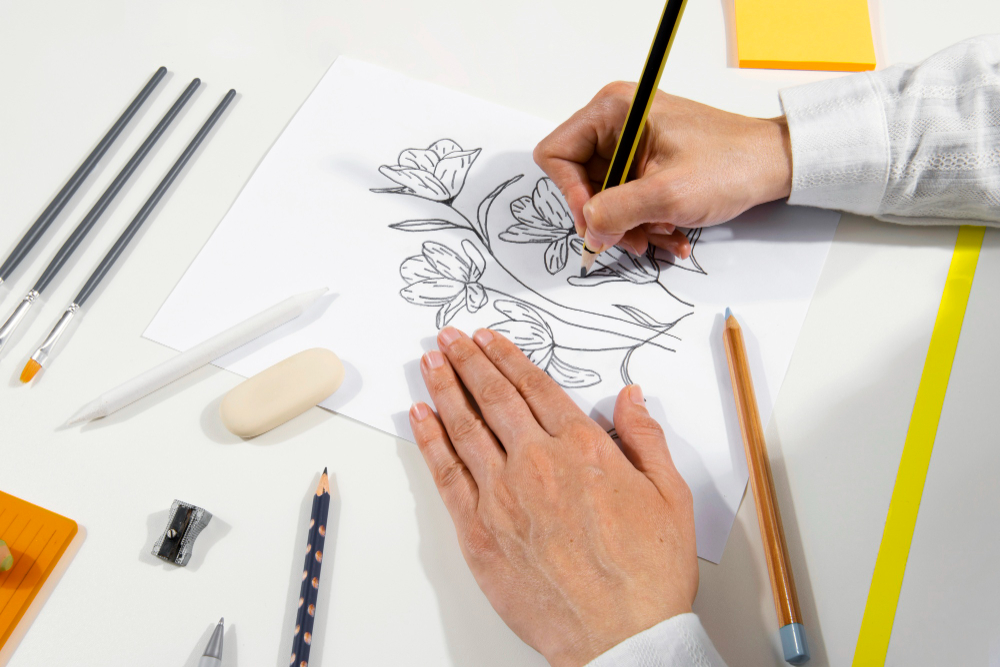Creativity often feels like it should be spontaneous, free-flowing, and unstructured. If you talk to anyone who has built a successful business from scratch, you will start to hear another side of the story, how creativity and discipline go hand in hand. For entrepreneurs, artists, freelancers, and small business owners, the ability to create consistently often depends on the systems set in place to support it.
Behind every inspired idea that becomes a product, performance, or company, there are decisions made about workflow, finances, and logistics. These decisions might not be glamorous, but they are what protect your time and mental space for the work that matters most.
The Myth of Creative Chaos
Many people associate creativity with chaos. While a little disorder can sometimes spark innovation, sustainable creativity depends on focus, repetition, and mental clarity. That clarity does not happen when you are chasing invoices, missing tax deadlines, or dealing with late payroll.
This is especially true for small teams or solo creators who wear multiple hats. Without structured support, it is easy to burn out, not because the creative part is too demanding, but because the rest of the work steals your attention.
Putting core tasks on autopilot is not about removing the human touch; it is about preserving your energy for the things that truly require it.
Why Smart Systems Help Creative People Thrive
The right support system can elevate your creative business by making space for strategy and spontaneity alike. When you are not bogged down by recurring tasks or scrambling to meet administrative deadlines, you gain time for what moves the needle: deep work, high-level vision, and inspired execution.
Some key systems worth investing in include:
- Time tracking and task management: Tools like Notion, ClickUp, or Trello can organize your workflow and help you prioritize without constant multitasking.
- Content or client calendars: These create rhythm and accountability, especially if your business runs on launches, events, or publishing.
- Financial management: Having a trusted platform for sending invoices, tracking expenses, and preparing for taxes is a necessity.
- Payroll services: Payroll services help growing creative businesses manage tasks like direct deposits and tax forms with ease, making it simpler to stay compliant without getting overwhelmed by spreadsheets.
Each system becomes a building block, not a restriction, but a launchpad.
Automation Is Not the Enemy of Art
Some creatives fear that systems and automation will dull the soul of their work. When done right, systems are not there to replace creativity; they amplify it.
For example, automating your payroll or invoice reminders means fewer awkward client emails and more time editing, designing, or creating. Scheduling your marketing emails in advance means you can take a weekend off without losing momentum.
You are not outsourcing your voice or your vision, only the parts that keep it running.
Real Creatives Plan Ahead
Another often overlooked aspect of sustainable creativity is preparation. Whether you are designing a product, writing a book, or leading a team, planning helps reduce unnecessary friction.
This does not mean you must map out every moment. Instead, it means you set intentional goals, build flexibility into your calendar, and review what is working every few months.
Check in on your systems regularly:
- Are they still serving your goals?
- Do they save you time or create more noise?
- Can they grow with you?
When systems start feeling like constraints, it might be time to update them or replace them with something better.
Your Work Deserves Protection
Creative people pour their energy into work that often feels deeply personal. Building a sustainable business means protecting that energy with tools and structure. You are creative, a decision-maker, a leader, and someone capable of building systems that last.
Choosing platforms that simplify complex parts of your business is not about chasing trends. It is about claiming your time, trusting the process, and building something that can stand on its own even when your inspiration ebbs and flows.
The Art Is in the Architecture
The best art comes from a place of clarity, not chaos. By designing the systems that support your workflow, income, and team, you do more than stay organized; you respect the work enough to let it flourish.
Let your creativity take center stage, supported by the backstage structure it deserves.







